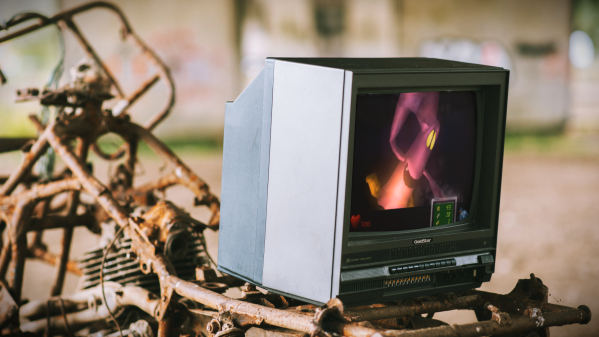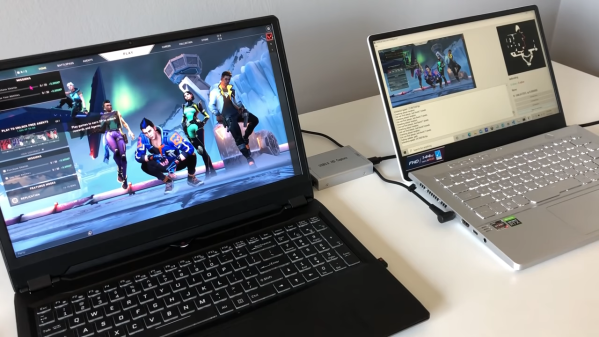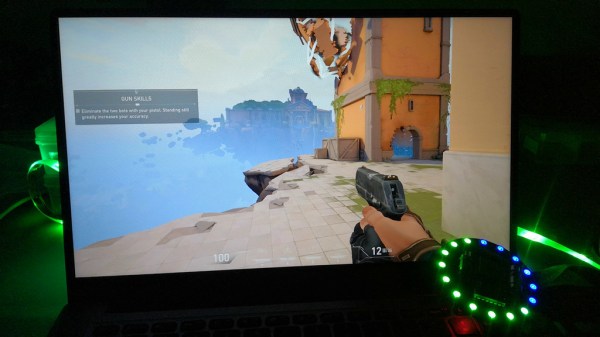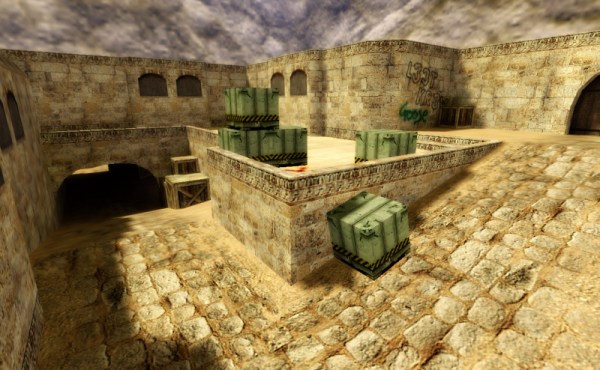Advanced technology played a crucial role in determining the winner of the men’s 100-meter final at the Paris 2024 Olympics. In a historically close race, American sprinter Noah Lyles narrowly edged out Jamaica’s Kishane Thompson by just five-thousandths of a second. The final decision relied on an image captured by an Omega photo finish camera that shoots an astonishing 40,000 frames per second.
This cutting-edge technology, originally reported by PetaPixel, ensured the accuracy of the result in a race where both athletes recorded a time of 9.78 seconds. If SmartThings’ shot pourer from the 2012 Olympics were still around, it could once again fulfill its intended role of celebrating US medals.
Omega, the Olympics’ official timekeeper for decades, has continually innovated to enhance performance measurement. The Omega Scan ‘O’ Vision Ultimate, the camera used for this photo finish, is a significant upgrade from its 10,000 frames per second predecessor. The new system captures four times as many frames per second and offers higher resolution, providing a detailed view of the moment each runner’s torso touches the finish line. This level of detail was crucial in determining that Lyles’ torso touched the line first, securing his gold medal.
This camera is part of Omega’s broader technological advancements for the Paris 2024 Olympics, which include advanced Computer Vision systems utilizing AI and high-definition cameras to track athletes in real-time. For a closer look at how technology decided this historic race, watch the video by Eurosport that captured the event.
Continue reading “Olympic Sprint Decided By 40,000 FPS Photo Finish”


















